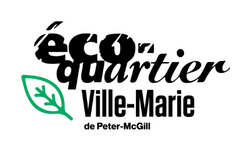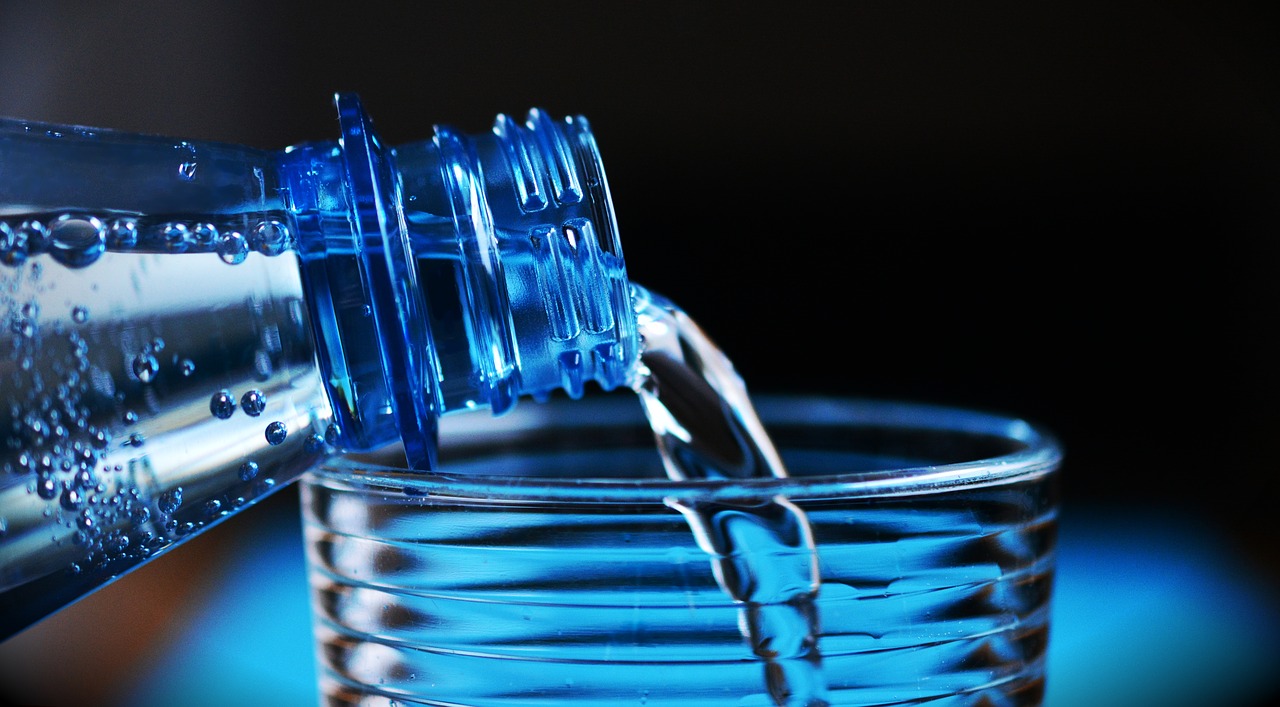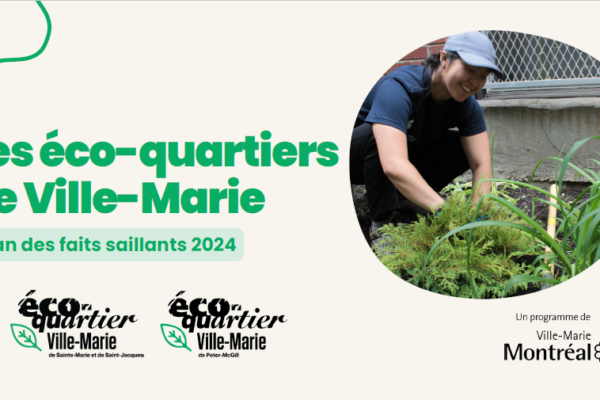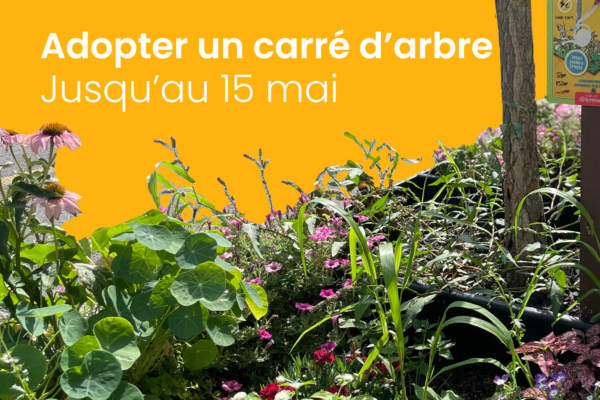A volunteer article by Anne Lanet.
Image by congerdesign from Pixabay
Consuming bottled or tap water is a debating point. Depending on its morphology, the human body is made up of 60% to 70% of water. After oxygen, water is crucial for our survival and for the good functioning of our body. With the daily recommendation to drink at least 1.5 or 2 liters of water, you for sure want to know where it comes from!
Spring water, natural mineral water or purified water, if from a marketing and economic point of view the bottled water industry seems to be a success, this is not the case for sanitary and environmental preservation. It is hard to deny, purchase plastic bottles is not justified, here are the reasons:
- Non-ecological: from manufacture to transport, the bottled water industry generates significant energy costs and emits greenhouse gases that harm our entire ecosystem.
- Pollutant: not recyclable or biodegradable, millions of bottles of water end up in nature or in the oceans. According to a recent UN statement, more than 8 million tonnes of plastic end up in the oceans every year. These plastic wastes contaminate the entire food chain and gradually exterminates marine ecosystems.
- Water is a limited resource: overexploiting groundwater is not without consequences. Although water covers 70% of earth, fresh drinking water remains a precious element that we must not waste and use responsibly.
- Expensive: from a purely financial angle, let’s be honest, with an average consumption of 1.5 liters of water per person and per day, a frequent purchase of water bottles at the grocery store for a family can, very quickly, cost you a lot of money.
The other truth about bottled water:
In addition to eco-responsible reasons, plastic is not only a visible scourge but also an invisible one. Like a Trojan horse, it enters incognito into all ecosystems and even into bottled water. Not a surprise, you will say… Let’s take a closer look at this discovery. A recent international study published by Orb Media Group showed the presence of plastic particles in bottled water. Dangerous plasticisers are included in the black list such as phthalates, endocrine disrupting additives and many potential carcinogens. Only visible under a microscope, these fine particles make what you think is the most natural element to ingest a real chemical broth that is harmful to your health.
Tap water, a safer and more responsible choice:
Tap water consumption wins the battle when it comes to environmental impacts, health and budget.
The choice to consume bottled water is often based on the taste sensation that tap water can leave sometimes. Even though some people find a small taste of chlorine in it, this does not mean that it is unfit for consumption. In fact, it is very easy to hide it with these four options:
- The refrigerator: keep tap water in a carafe with a lid to prevent it from taking on odors found within your refrigerator, and let it rest for at least an hour.
- Detoxifying water: a few slices or drops of lemon, a mint leaf or cucumber slices. In addition to a fresh feeling, detox water will also provide you with antioxidant properties as well as vitamins and minerals.
- Water filters: if you are part of the most septics, you will find the solution in water filters. There are two possibilities, the filter jug or the filter to be fixed directly on your tap. Easy to install, it even offers the choice, filtered water or not!
- Beverage carbonation appliances: carbonated water lovers, be aware that sparkling water is subject to the same process as other bottled waters. Choose the home carbonated water option as it costs significantly less than buying bottled water at the grocery store, even if you purchased a case.
To conclude, in an over-consumption society where marketing is king, consuming bottled water is more a question of image or habit. Our planet is dying, so make the right choice ;).




